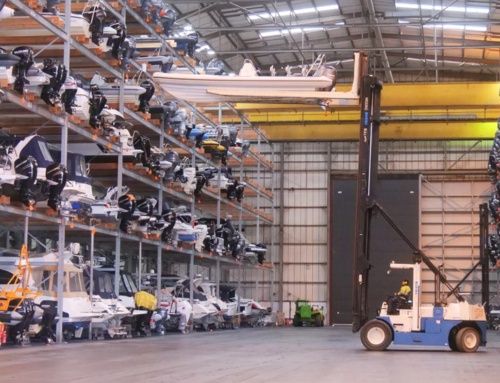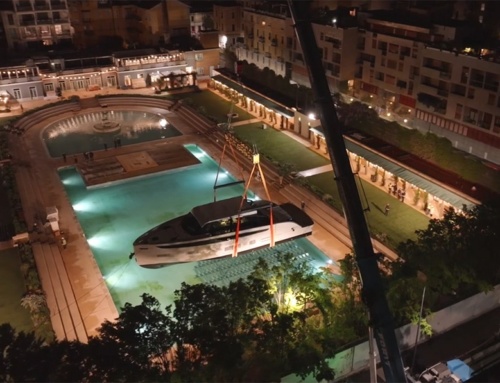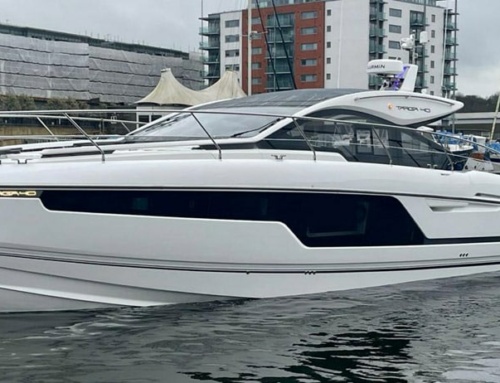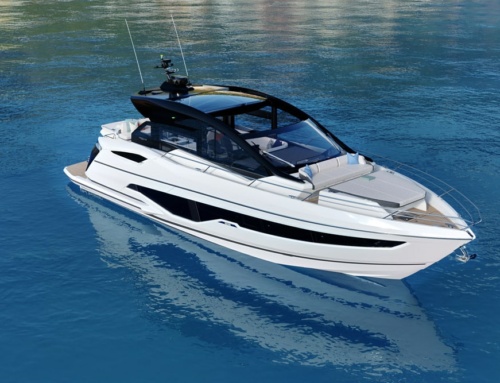New Products from Yanmar
3JH40 Engine
Introduced this year, the Yanmar 3JH40 diesel engine is the smallest common-rail diesel engine to date. With an output of 40hp, the compact and ultra-quiet 3JH40 enables smaller-boat owners and commercial-vessel operators to benefit for the first time from the efficiency and performance advantages of electronically managed common-rail fuel injection.
Offering minimal fuel consumption and exceptionally low noise and emission levels, the new Yanmar 3JH40 surpasses EPA Tier 3 and EU RCD Tier 2 emission regulations for a virtually smoke- and odour-free engine.
The 3-cylinder water-cooled 3JH40 is an ideal option for new builds and repowering applications. Though focused on sailing yachts and catamarans up to 45ft, it is ideal for small motor boats and light-duty commercial craft. Weighing only 192kg and with a 1.642L displacement, the engine can be operated by either standard mechanical cable controls or the Yanmar VC10 electronic control system.
High-Power Additions to the 4LV Range
Following last year’s launch of the 150hp, 170hp and 195hp 4LV series of common-rail injected 4-cylinder diesel engines, Yanmar have now extended this range to include 230hp and 250hp versions. The extra power has come from, firstly, an uprated turbocharger, and secondly, an increase in the maximum RPM from 3500rpm to 3800rpm.
As a result of using counter-balance shafts and a refined component design, Yanmar claim substantial reductions in both vibration and sound levels. They also claim class-leading power to weight for the 230hp and 250hp 4LVs, which is a fair claim considering they only displace 2.8L. Equal claims are made for impressive low-down power delivery. Due to its compact size, the 4LV can be easily retrofitted, and Yanmar have considered its footprint in relation to previous engines.
As a result of improvements in common-rail technology, fuel consumption and emissions are substantially reduced. Consequently they exceed the strict EPA Tier 3 and EU RCD stage 2 emission regulations. To ensure the support of advancing marine technology, direct connectivity to NMEA and CAN bus networks has been purposely engineered into the 4LV range, allowing future-proof integration into multifunction electronic displays. This makes it a true plug-and-play engine that can also be used with the JC20 joystick.
JC20 Joystick
Yanmar’s new JC20 joystick operates solely with any of Yanmar’s electronically controlled shaft-driven engines, in conjunction with an electric bow thruster. What is not made immediately clear is that the only bow thruster it is officially rated to work with is a Vetus extended run-time bow thruster, made specifically for Yanmar. Not that this is an issue, but it could have a bearing if you are retrofitting. From an end-user perspective it operates just like any IPS or sterndrive joystick system: twist the joystick head and the boat will turn around; push it sideways and the boat will move likewise; push the stick to an angle and the boat should follow, etc. It has slow/normal and fast modes at the push of a button, and you can also engage a thruster-only operation where the joystick operates only the bow thruster. In this last mode one can presume it is in the event that you need extra thruster power, and are using conventional controls for the engines. Sensibly the system will visually and audibly warn you to centre the rudder before operation if you do not have a rudder sensor fitted. For Yanmar’s sterndrive engines there is already a JC10 joystick system.
Contact
www.yanmarmarine.com













